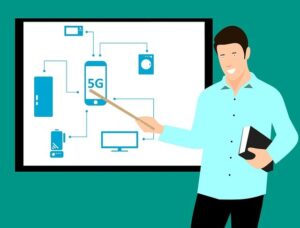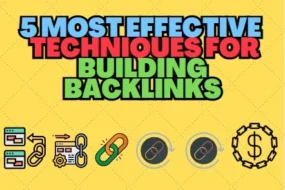
5G is a new kind of internet that promises to revolutionise everything from your phone to your home internet, to more futuristic fields like self-driving cars and even remote surgery, but it’s also been in the headlines recently for a lot of bad reasons with bizarre conspiracy theories and rumours about it.

As a result, we’re here to dispel any lingering confusion about 5G by laying out what it is, how it works, and any legitimate worries you might have about it.
So, what is 5G?

This new generation of mobile internet is called 5G or 5th generation. It’s what the future generation of smartphones and tablets will use for even better speeds than the current LTE networks. Nevertheless, each carrier’s definition of 5G is unique, with distinct speeds, coverage areas, and other aspects of the service.
To see how fast they are and how much of a difference they make in your day-to-day life I’ve been testing out all the networks for the last year: Verizon, AT&T, T-Mobile, and now Sprint.
Let me try to make sense of what I’m saying. Over one gigabyte per second of download speeds are now possible on Verizon’s 5G network. Even the fastest home wifi connections can’t compete with it. Just a few minutes of your time is all that is needed to download an entire season of a popular television show. Verizon’s 5G service is extremely unreliable. On one street it’s there, gone the next, and there’s hardly no inside coverage at all for it. That’s because Verizon’s entire 5G strategy is based on what’s known as high band millimetre wave technology, which is a very new technology.
Known as ultra-wideband 5G, you may have seen it in advertising. Nevertheless, the problem is that the signal can’t travel very far, so Verizon has to put up all these nodes in every location where it wants to roll out 5G, which isn’t really practical to accomplish countrywide.
This year, Verizon is also launching a low-band 5G network that isn’t much quicker than what your current LTE phone is capable of doing.
Unless you have a node like the one outside your apartment or house, Verizon’s 5G network isn’t worth upgrading to just yet.
A complete 5G network is available only from T-Mobile. On top of that, it’s employing a millimetre wave, Sprint’s midband spectrum, and its own low-band 5G technology as the foundation.
Although 5G does not represent a health hazard, the move to 5G is going to provide some challenges.
The transition to a new generation of technology can cause some growing pains.
It includes things like more pricey plans. We’ll have to figure out a way to prevent users from exceeding their data allotment due to the increased data transfer speed.
The early 5G phones were more expensive, but now they are becoming more affordable. Of course, there’s also the matter of expanding the network infrastructure. Since midband and millimetre wave networks have such a limited coverage area, it will take longer and cost more to install additional towers to meet public demand.
For example, companies like Samsung and Apple are already launching 5G devices, not to mention the enormous advancements in network construction achieved by Verizon, T-Mobile, and AT&T.
Moreover, none of these difficulties is novel. There were comparable issues during the move from 2G to 3G or 3G to LTE and the tech industry was able to fix them. Just because we’re so much more dependent on our phones than we were in the past decade or two explains why these issues have taken on a new urgency.
However, it’s important to keep in mind that 5G and the associated technologies aren’t quite new. It’s only our attitude about them and our dependence on our smartphones that has altered.







